25 Women Who Redefined Beauty Standards in Hollywood
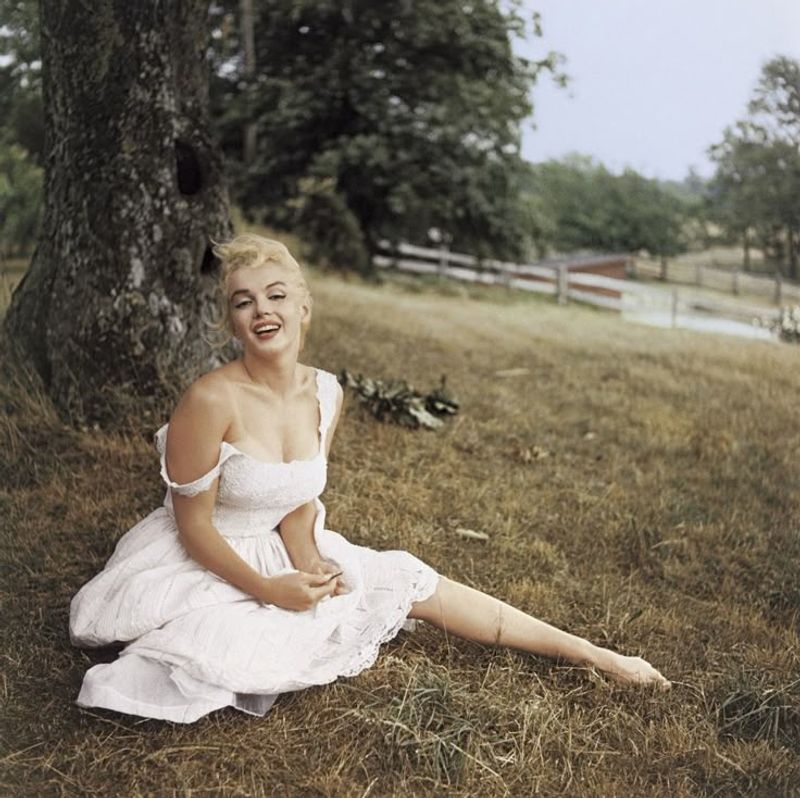
Hollywood has long been a place where beauty standards are both made and broken. Throughout its history, certain women have boldly challenged what it means to be beautiful in the entertainment industry. These trailblazers defied conventional expectations about appearance, age, race, and body type, paving the way for greater diversity and authenticity on screen. Their courage changed not just the movies, but how we see ourselves.
1. Audrey Hepburn
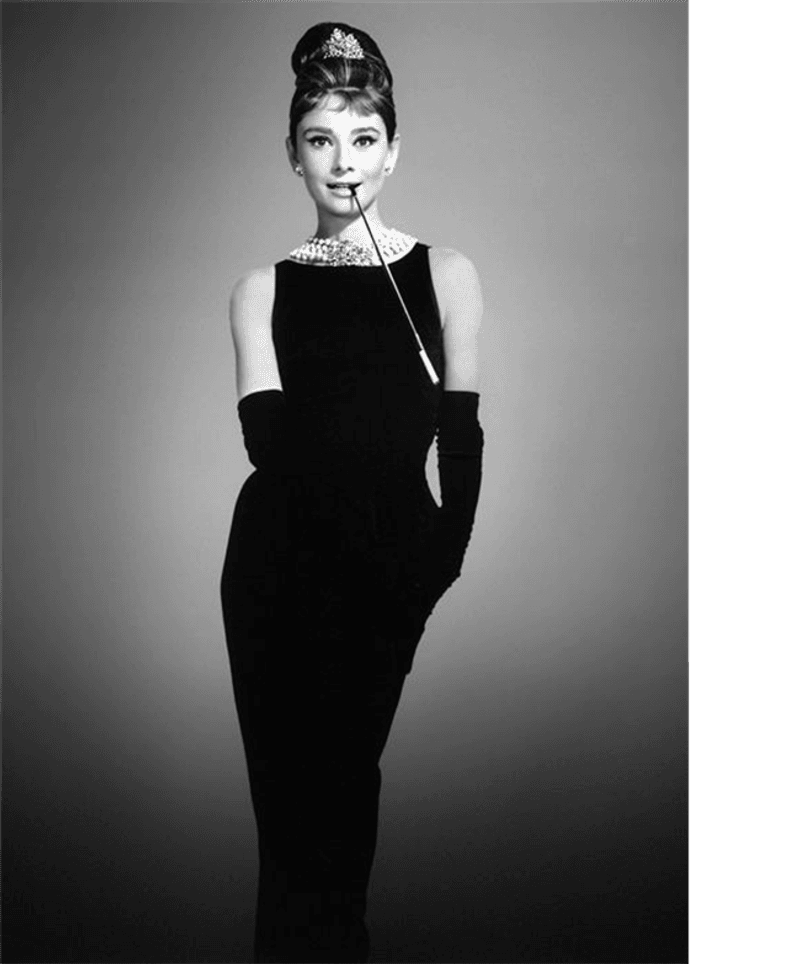
Belgian-born Audrey Hepburn shattered the voluptuous blonde ideal of the 1950s with her slender frame, pixie haircut, and elegant demeanor. Her gamine charm in films like ‘Roman Holiday’ and ‘Breakfast at Tiffany’s’ offered a sophisticated alternative to the bombshell look.
Fashion houses scrambled to dress her, making her style iconic worldwide. Her humanitarian work later in life added depth to her beauty legacy.
Hepburn’s famous quote—”The beauty of a woman is not in the clothes she wears, the figure she carries, or the way she combs her hair”—remains a powerful reminder that true beauty comes from within.
2. Marilyn Monroe
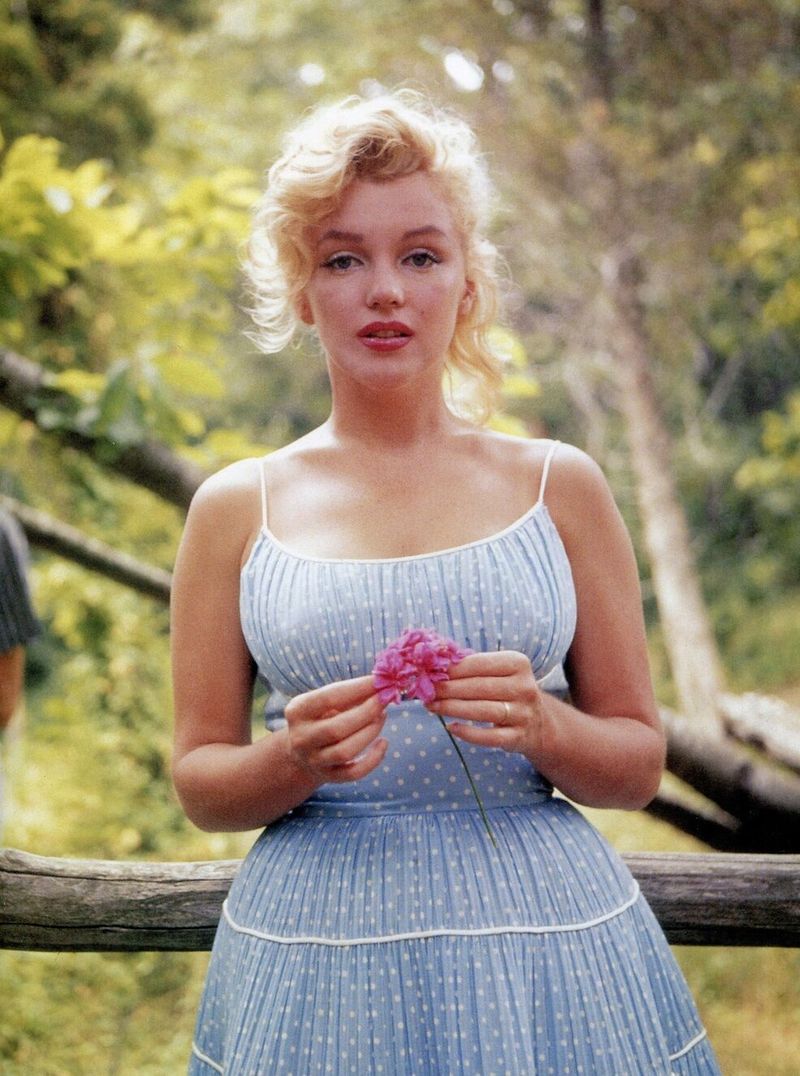
Born Norma Jeane Mortenson, Marilyn Monroe embraced her curves in an era that was beginning to favor the willowy figure. Her confidence transformed perceived flaws into her most celebrated features, creating an entirely new beauty archetype.
Monroe’s platinum blonde hair, red lips, and hourglass figure became her trademark. Yet behind the glamorous image was a woman fighting for respect in a male-dominated industry.
Her vulnerability on screen resonated with audiences, showing that sensuality could coexist with genuine emotional depth. Decades after her death, her impact on beauty standards remains unmistakable in fashion, film, and popular culture.
3. Lupita Nyong’o
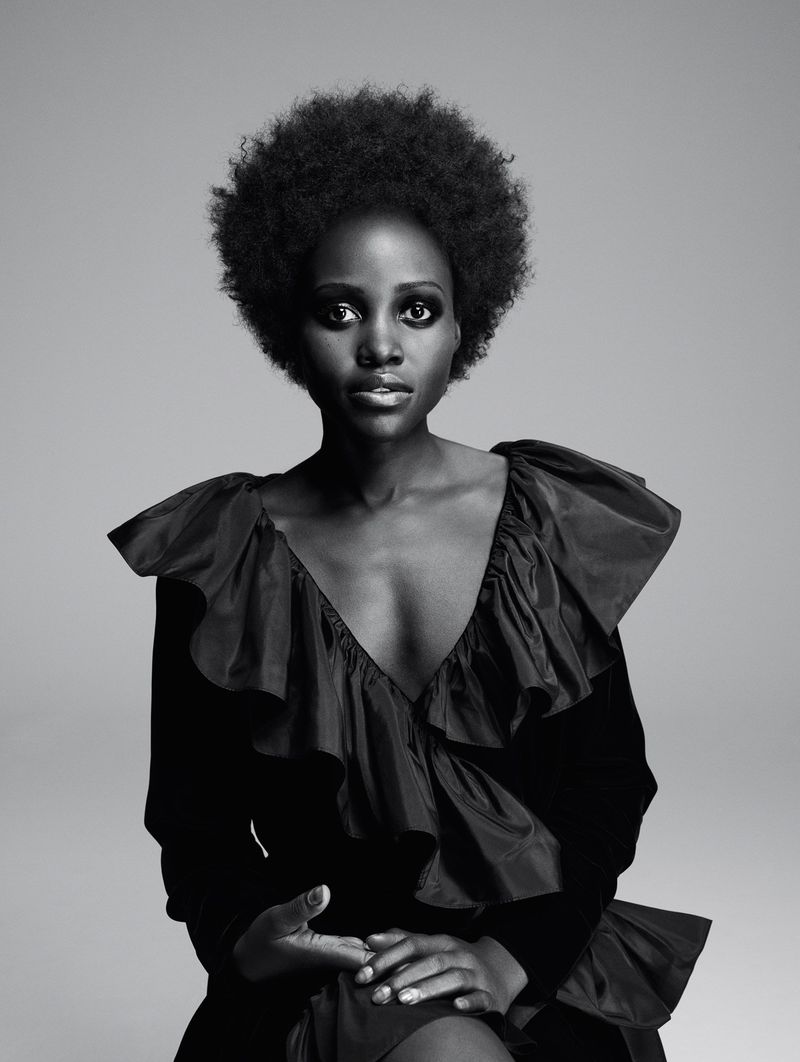
Lupita Nyong’o burst onto Hollywood’s scene with her Oscar-winning role in ’12 Years a Slave,’ immediately challenging narrow beauty standards with her radiant dark skin and natural hair. Growing up, she rarely saw women who looked like her celebrated in media.
Her 2014 speech at Essence’s Black Women in Hollywood event addressed colorism directly: “I remember wishing my skin was lighter.” Since then, she’s become a powerful advocate for representation.
Fashion magazines clamor to feature her on covers, cosmetic companies seek her endorsement, and young girls worldwide see themselves reflected in a celebrated star. Her presence has permanently altered Hollywood’s landscape.
4. Sophia Loren
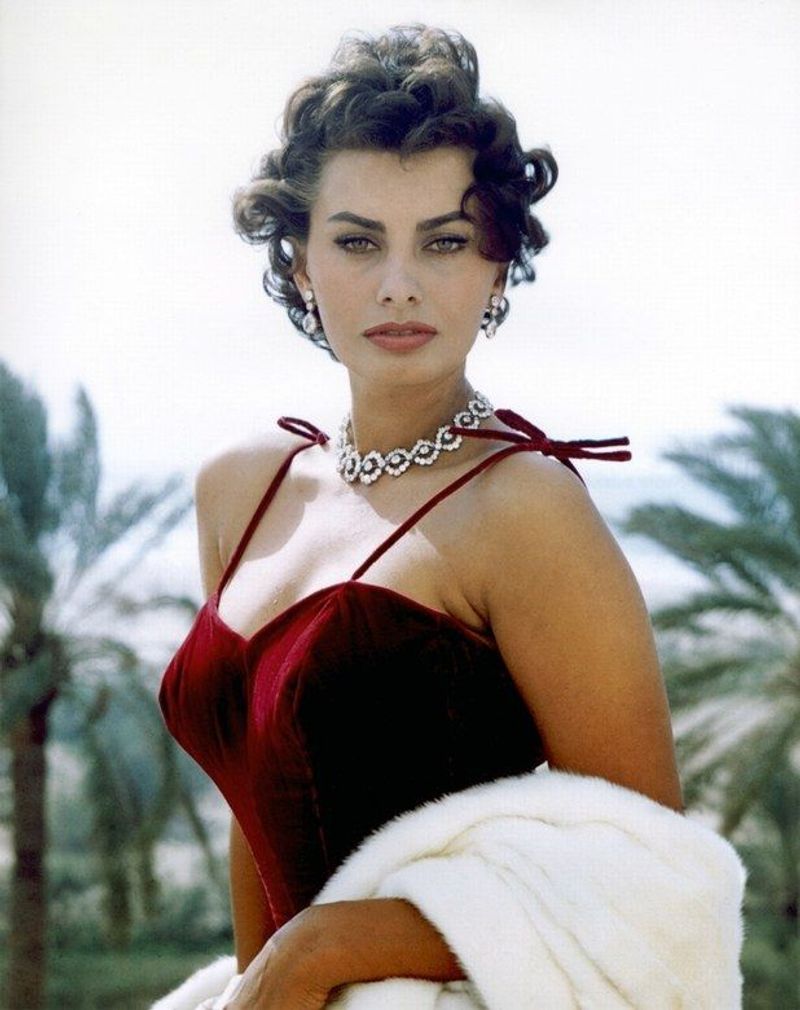
Italian bombshell Sophia Loren refused to conform to Hollywood’s beauty standards, proudly maintaining her Mediterranean features when studios pressured her to alter her appearance. Producers once suggested she slim down her nose, fix her teeth, and lose weight.
Her defiant response? “Everything you see, I owe to spaghetti.” This authenticity made her an international sex symbol throughout the 1950s and 60s.
Loren’s strong features—prominent nose, full lips, and curvaceous figure—challenged the cookie-cutter starlet mold. Her career spans seven decades, proving that embracing one’s natural beauty creates a timeless appeal that transcends fleeting trends.
5. Zendaya
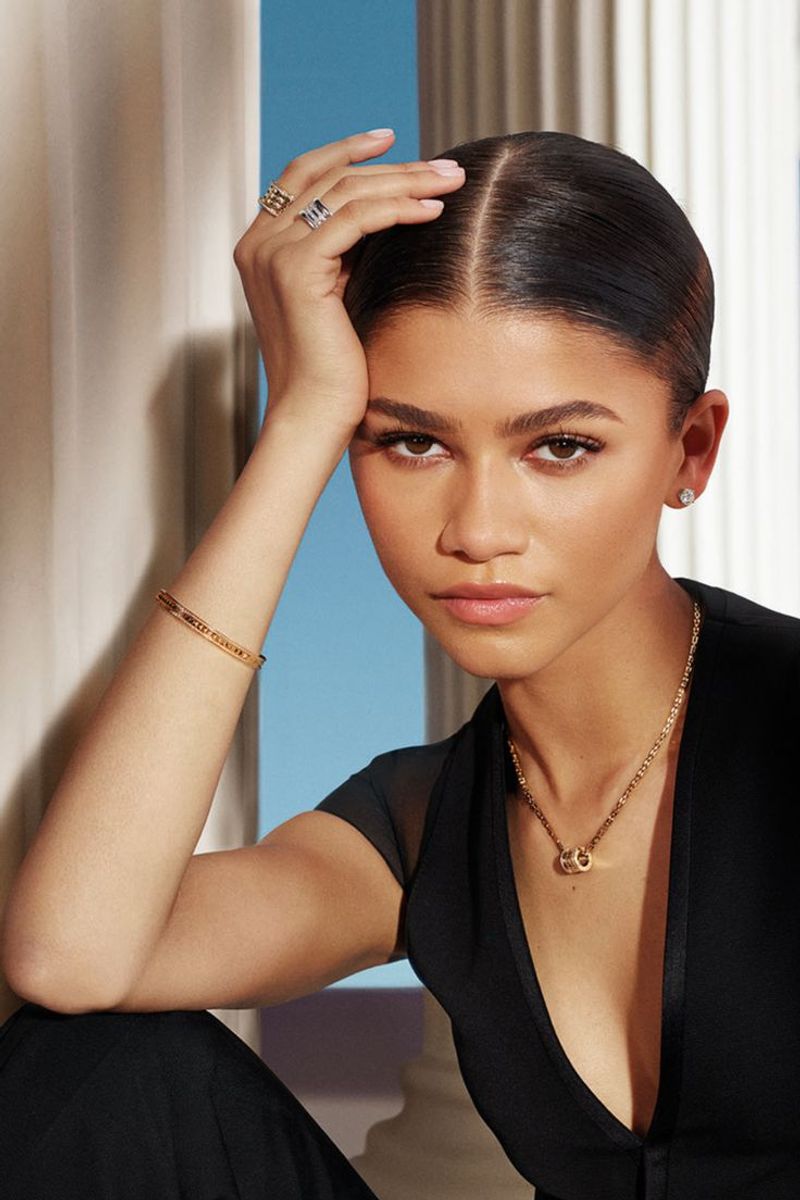
Former Disney star Zendaya has evolved into a fashion chameleon who constantly reinvents herself while advocating for inclusive beauty. Her willingness to experiment with styles ranging from androgynous suits to glamorous gowns shows young fans that beauty isn’t one-dimensional.
She famously called out Modeliste Magazine for photoshopping her body, posting the unretouched images alongside the altered ones. “These are the things that make women self-conscious,” she wrote.
As both producer and star of ‘Euphoria,’ she’s helped create space for raw, unfiltered portrayals of young women. Her influence extends beyond entertainment into beauty and fashion industries, where her mixed-race heritage represents modern American beauty.
6. Viola Davis

Viola Davis made history as the first Black woman to achieve the Triple Crown of Acting, while simultaneously challenging Hollywood’s narrow vision of leading ladies. Her memorable scene in “How to Get Away with Murder,” where she removes her wig and makeup on screen, became a powerful statement about authentic representation.
Davis has spoken candidly about being called “less classically beautiful” by critics. Rather than internalize these judgments, she used her platform to address colorism and ageism in the industry.
At 50+, she continues landing powerful roles that showcase her talent rather than conforming to youth-obsessed standards. Her success has created pathways for darker-skinned women in an industry that historically marginalized them.
7. Lucy Liu
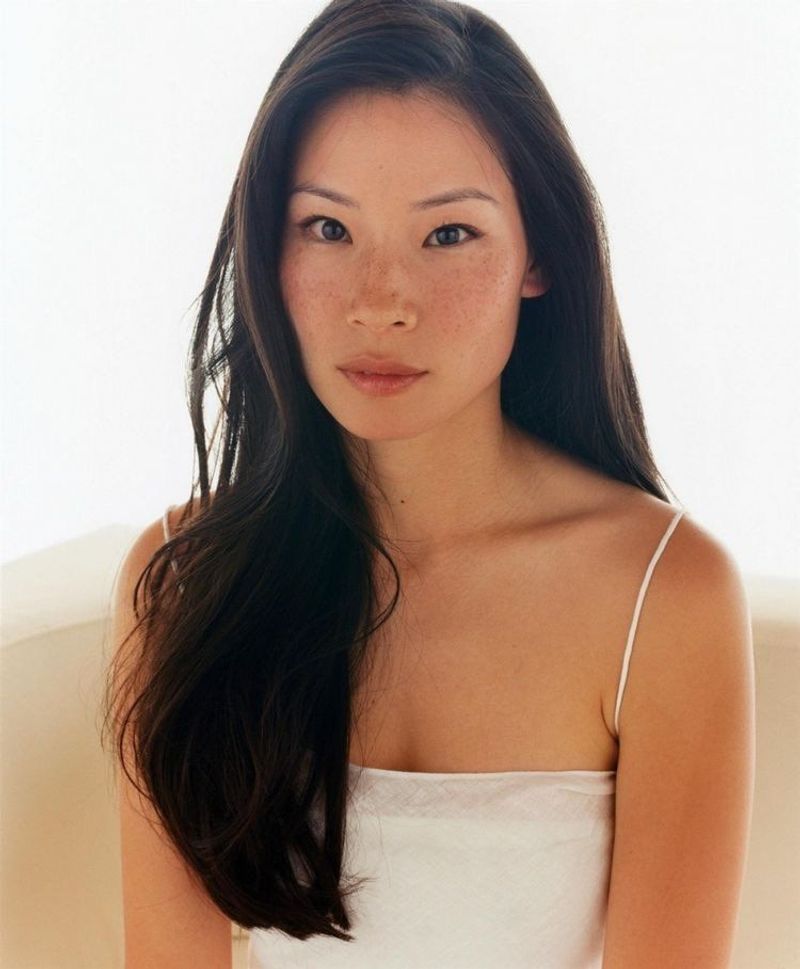
Lucy Liu broke through Hollywood’s bamboo ceiling when Asian actresses were largely relegated to stereotypical roles. Her breakout as fierce attorney Ling Woo on ‘Ally McBeal’ and subsequent action hero status in ‘Charlie’s Angels’ challenged the submissive Asian female stereotype.
During the 1990s and early 2000s, Liu was often the only prominent Asian-American actress in mainstream media. Her presence helped reshape Western perceptions of Asian beauty beyond exotic stereotypes.
Beyond acting, Liu is an accomplished visual artist and director who continues expanding possibilities for Asian women in entertainment. Her career spans decades, showing that representation isn’t just about breaking in—it’s about staying power and evolution.
8. Angelina Jolie
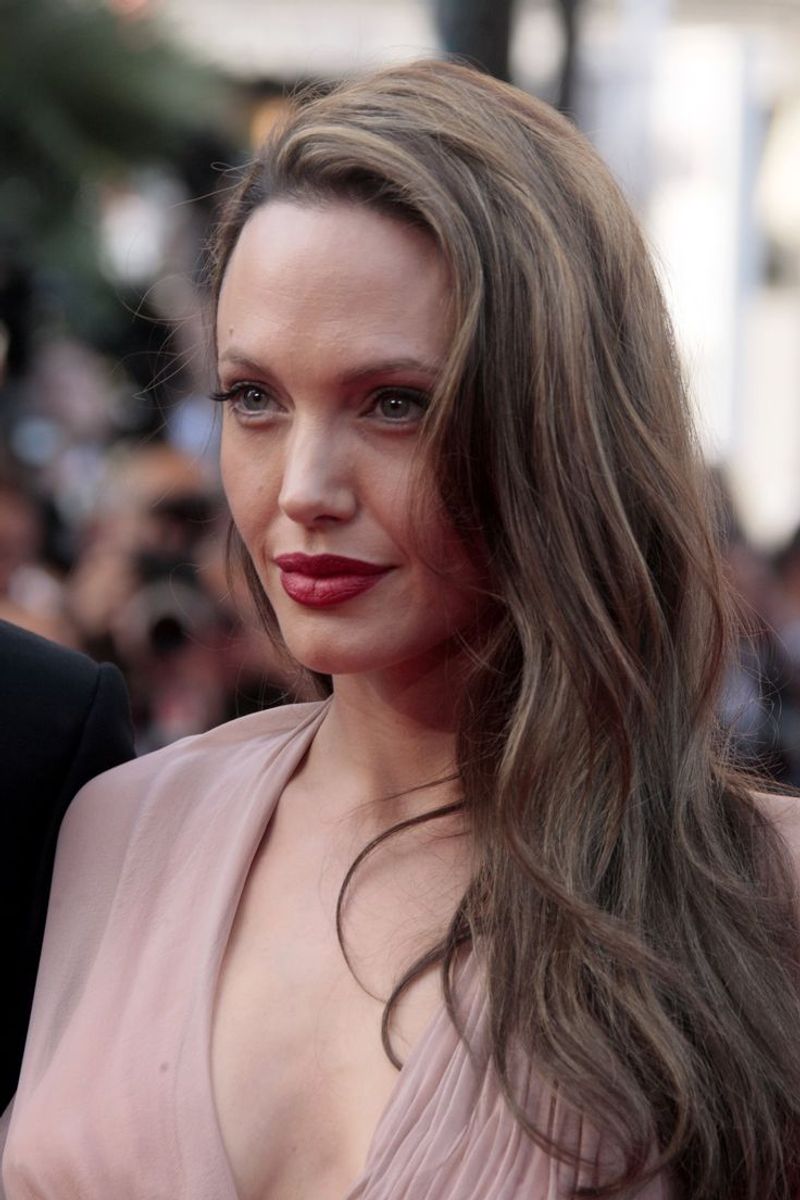
Angelina Jolie transformed from Hollywood wild child to humanitarian icon, redefining beauty through her authenticity and activism. Her full lips became so coveted they sparked a cosmetic surgery trend, yet it was her willingness to share personal health struggles that truly impacted beauty standards.
After undergoing a preventative double mastectomy in 2013, Jolie wrote openly about her experience, helping destigmatize mastectomy scars and post-cancer bodies. “I do not feel any less of a woman,” she wrote in her New York Times op-ed.
Her adoption of children from various countries and her humanitarian work with refugees expanded the conversation about beauty to include compassion and global consciousness. Jolie proved beauty could include substance and social responsibility.
9. Frida Kahlo
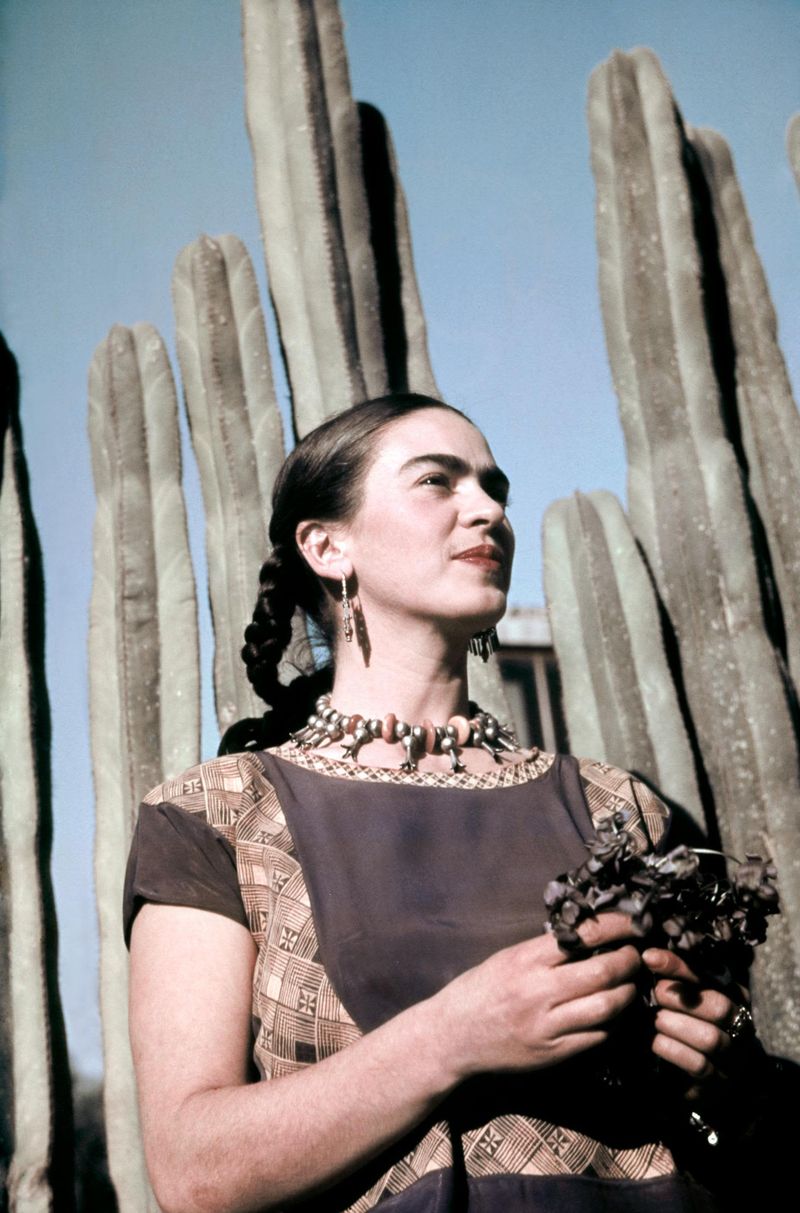
Mexican artist Frida Kahlo wasn’t a Hollywood star, but her influence on film and beauty standards has been profound. Her self-portraits embraced her unibrow and facial hair at a time when women were expected to remove both. She transformed her physical pain and disabilities into art rather than hiding them.
Kahlo’s distinctive style—featuring traditional Mexican clothing, flower crowns, and bold colors—rejected Western beauty standards completely. Her image has been embraced by Hollywood through films like the biopic “Frida” starring Salma Hayek.
Today, her refusal to alter her natural features has inspired millions to question conventional beauty rules. Kahlo’s legacy shows how artistic representation can challenge and ultimately transform beauty standards across cultures.
10. Laverne Cox
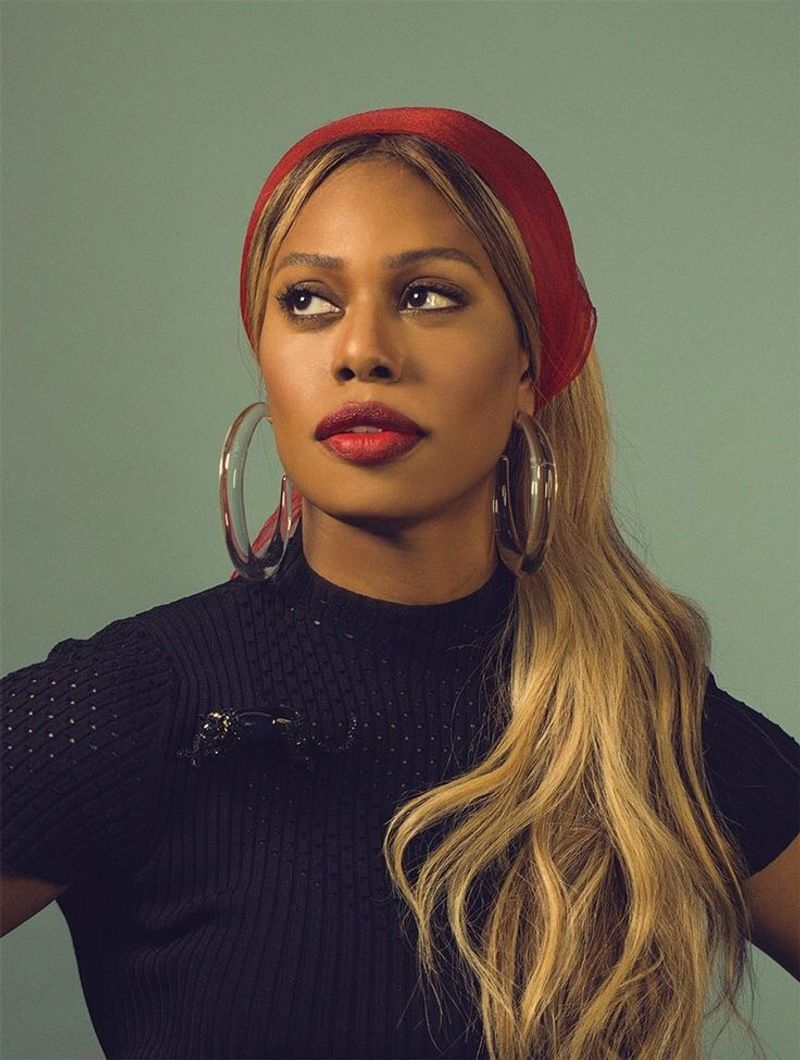
Laverne Cox made history as the first openly transgender person to be nominated for a Primetime Emmy in an acting category. Her role in ‘Orange Is the New Black’ helped mainstream audiences see transgender beauty as valid and worthy of celebration.
Cox has used her platform to advocate for trans representation while maintaining a glamorous image that challenges the notion that transgender women can’t embody conventional beauty. Her 2014 TIME magazine cover was a watershed moment for trans visibility.
Beyond acting, she’s produced documentaries exploring transgender issues and become a fashion icon gracing magazine covers. Cox has redefined beauty standards by insisting that womanhood and beauty come in many forms, all equally legitimate.
11. Jane Fonda
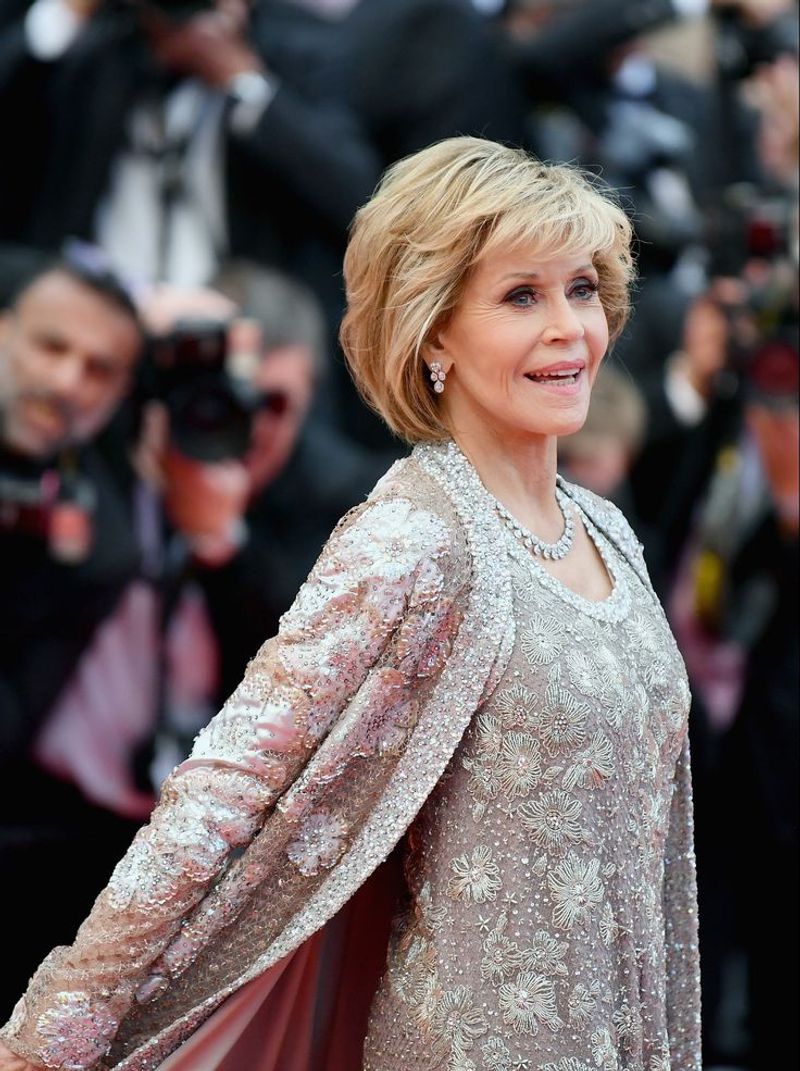
Jane Fonda revolutionized beauty standards for older women by refusing to disappear as she aged. From her early days as a sex symbol in ‘Barbarella’ to her fitness empire in the 1980s, Fonda has constantly reinvented herself while remaining relevant in Hollywood.
At 85, she continues landing major roles and gracing magazine covers, proving beauty doesn’t expire at 40. Her candid discussions about plastic surgery, later regrets, and eventually embracing her natural gray hair have helped normalize conversations about aging.
Fonda’s environmental and political activism demonstrate that beauty includes purpose and conviction. By maintaining her career through six decades, she’s created a blueprint for aging authentically while remaining visible in an industry that typically discards older women.
12. Tracee Ellis Ross
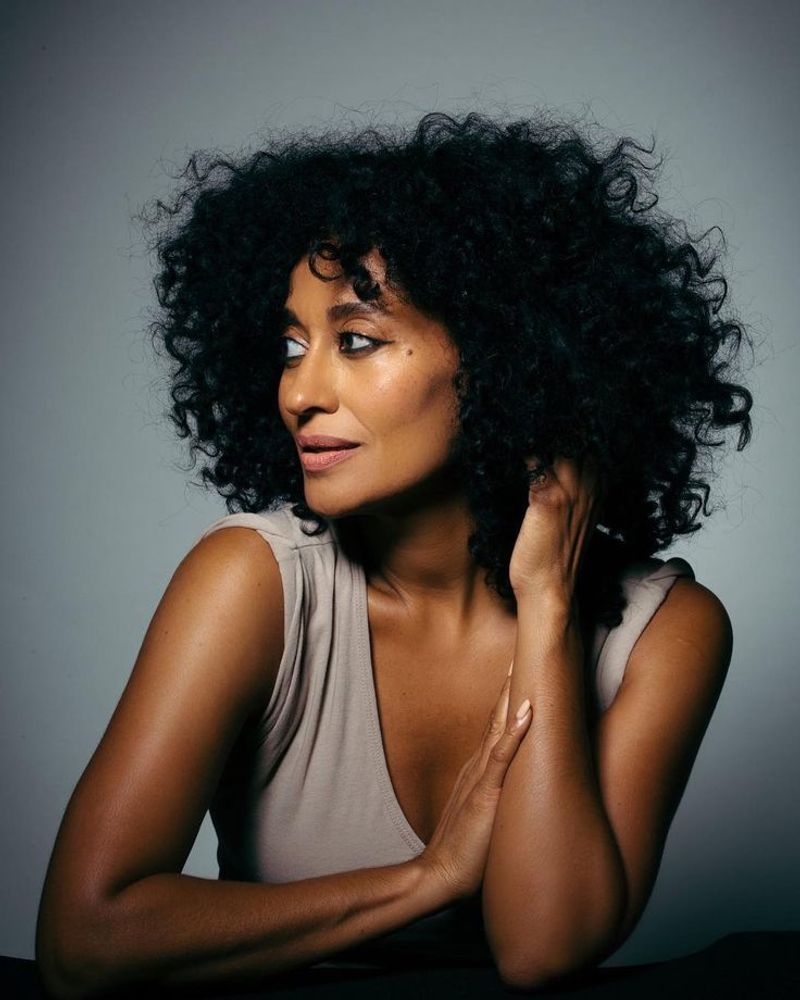
Daughter of Diana Ross, Tracee forged her own path by embracing her natural curls when straight hair dominated Hollywood. Her character on ‘Black-ish’ proudly wore natural styles, offering representation rarely seen in mainstream sitcoms.
Ross launched Pattern Beauty, a hair care line specifically designed for curly, coily, and tight-textured hair. “For me, beauty and fashion started as armor,” she has said, describing how she learned to celebrate rather than tame her natural features.
At 50, she challenges age-related beauty standards by embracing her body and refusing anti-aging narratives. Her social media showcases unfiltered moments alongside glamorous ones, demonstrating that authentic beauty includes the full spectrum of a woman’s experience.
13. Greta Garbo
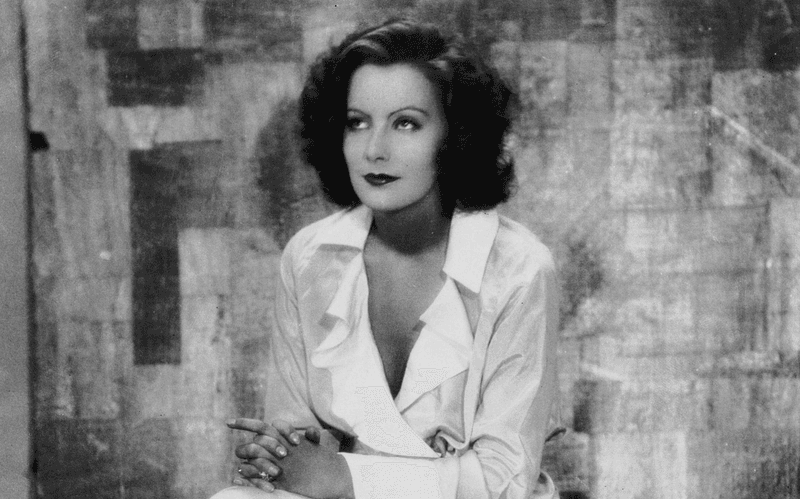
Swedish-born Greta Garbo possessed an enigmatic beauty that transcended gender norms in 1920s and 30s Hollywood. Her androgynous features—strong jawline, deep-set eyes, and tall frame—offered a stark contrast to the cute, girlish flappers popular during her era.
Famously private, Garbo retired at 35 and avoided publicity, creating an aura of mystery that enhanced her legend. Her catchphrase “I want to be alone” became synonymous with her reclusiveness.
Directors lit her face to accentuate her distinctive features rather than soften them, establishing that beauty could be striking rather than merely pretty. Her influence lives on in fashion’s continuing fascination with androgyny and in performers who embrace mysterious personae over manufactured approachability.
14. Barbra Streisand
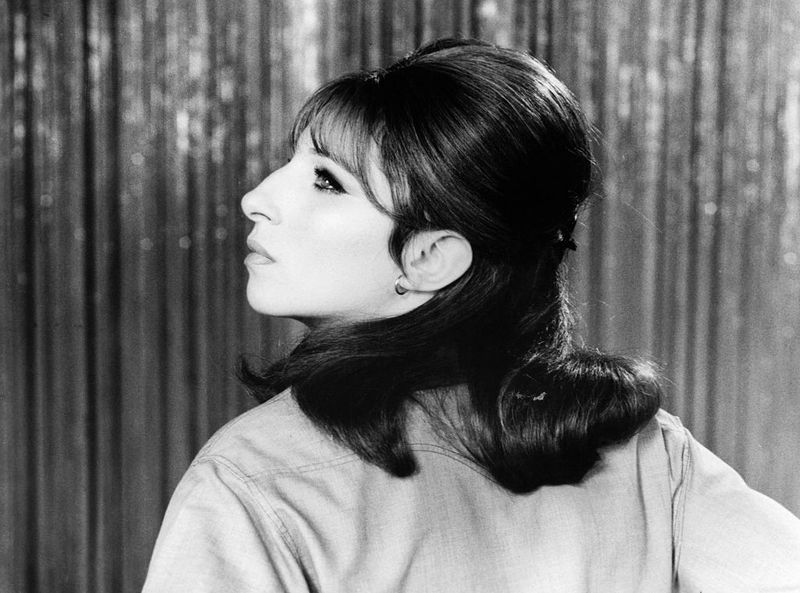
Barbra Streisand refused to alter her distinctive nose despite immense pressure from Hollywood executives. When producers suggested rhinoplasty would make her more commercially viable, she famously replied, “I’m not going to cut off my nose to spite my face.”
Her confidence in her unique features—including her nose, slightly asymmetrical face, and Brooklyn accent—became central to her star power. Streisand’s beauty was inseparable from her talent and personality.
As both performer and director, she controlled how she was presented on screen, often filming herself from her “good side” but never hiding her distinctive profile. Her unprecedented success across multiple entertainment fields proved that conventional beauty was unnecessary for extraordinary achievement and lasting appeal.
15. Rihanna
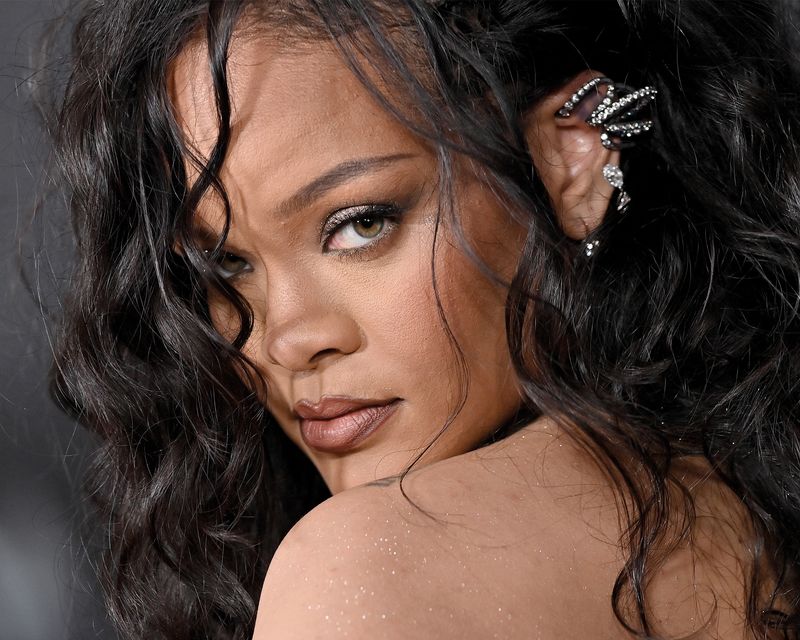
Barbadian superstar Rihanna transformed from music sensation to beauty mogul by challenging the industry’s exclusionary practices. Her Fenty Beauty line launched with 40 foundation shades (now 50+), forcing other brands to expand their offerings for darker skin tones.
Her Savage X Fenty lingerie shows feature models of all sizes, ages, genders, and abilities—a direct challenge to Victoria’s Secret’s narrow beauty standards. “You belong in these pieces,” her brand messaging insists, regardless of body type.
Rihanna’s own image has constantly evolved, from her hairstyles to her fashion choices, showing that beauty isn’t static. Her pregnancy photos celebrating her changing body rather than hiding it further cemented her role as a beauty revolutionary who sets trends rather than follows them.
16. Winona Ryder

Winona Ryder’s elfin features and petite frame offered an alternative to the bombshell ideal of the late 1980s and 90s. Her pale skin and dark hair in films like ‘Beetlejuice’ and ‘Edward Scissorhands’ made gothic beauty mainstream and inspired countless young women to embrace their own unconventional looks.
Ryder’s career stumbled after a shoplifting incident, but her comeback in ‘Stranger Things’ decades later demonstrated that women’s value doesn’t expire with youth. Her resurgence celebrated the mature version of her distinctive beauty.
Throughout her career, she’s maintained her authentic appearance rather than chasing trends. “I think it’s ridiculous when people call me a style icon,” she once said, despite her undeniable influence on alternative beauty standards.
17. Gong Li
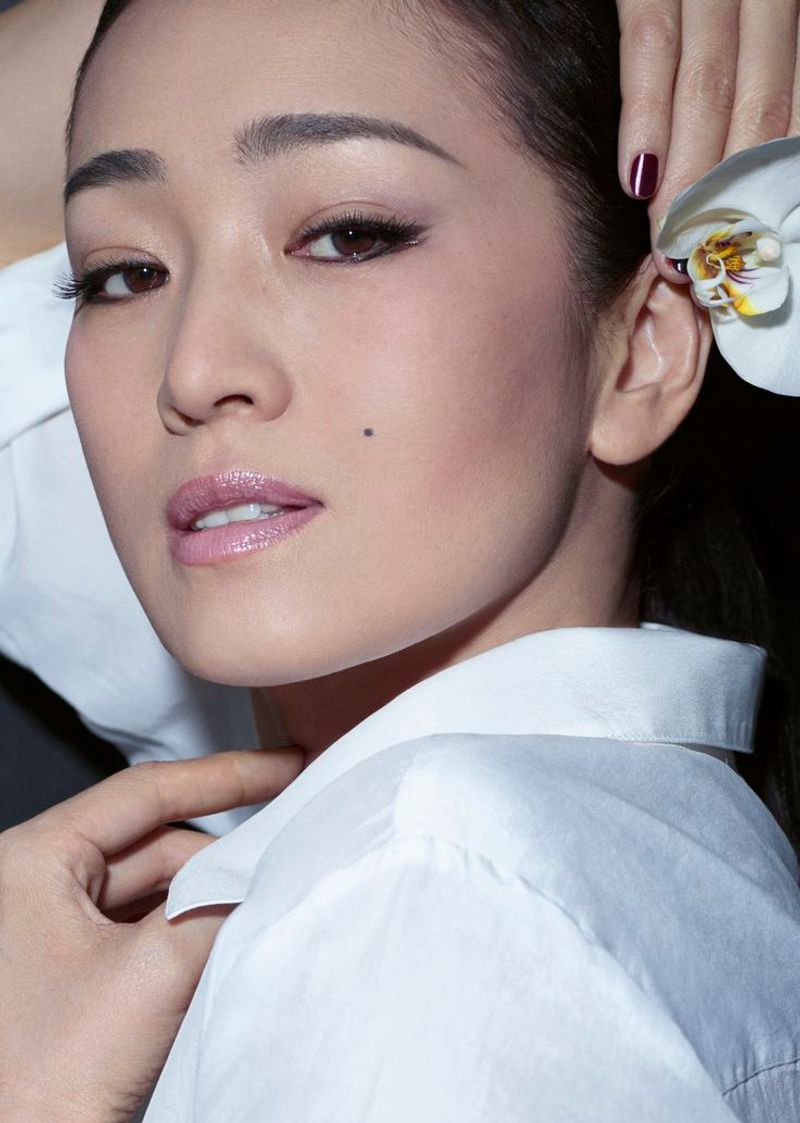
Chinese actress Gong Li introduced Western audiences to an entirely different standard of beauty through her work with director Zhang Yimou. Her strong features, expressive eyes, and commanding presence in films like ‘Raise the Red Lantern’ challenged Hollywood’s stereotypical portrayals of Asian women.
When she began appearing in American films, Gong refused roles that exoticized Asian women. Her characters possessed agency and complexity rarely afforded to Asian actresses in Western cinema.
As one of the first Chinese actresses to achieve international recognition, Gong helped pave the way for greater Asian representation in global cinema. Her beauty—intellectual, powerful, and distinctly Chinese—expanded Western perceptions of feminine attractiveness beyond Eurocentric ideals.
18. Tilda Swinton
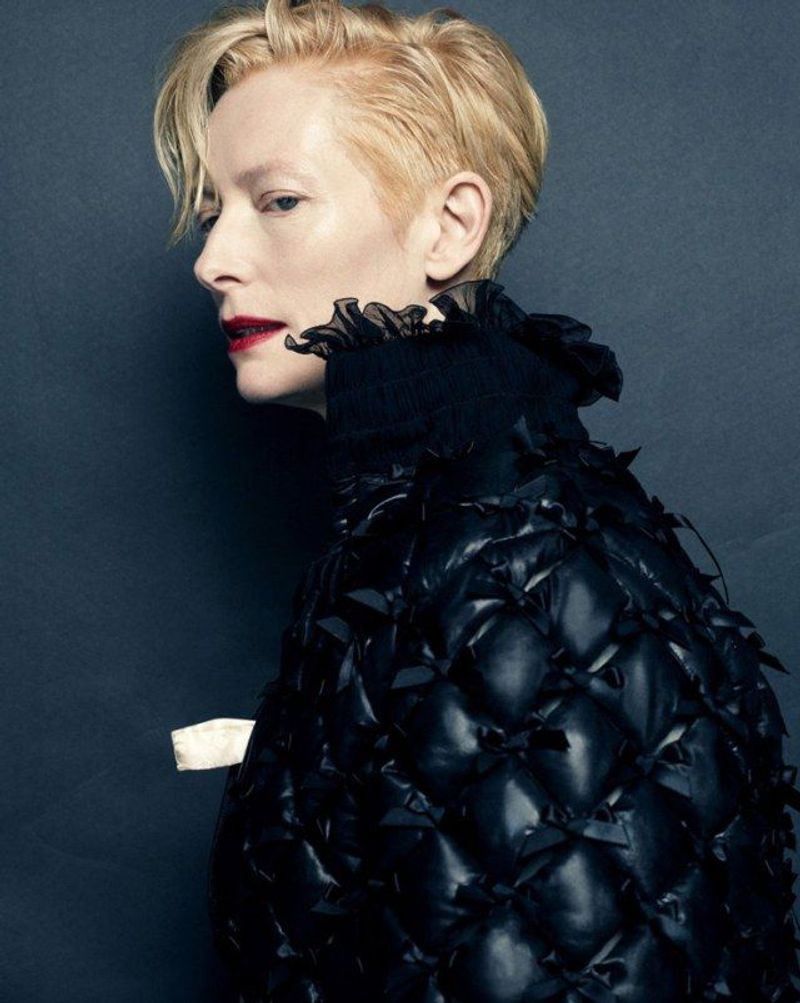
Scottish performer Tilda Swinton embodies gender fluidity through her androgynous appearance and boundary-pushing roles. Her pale skin, angular features, and willingness to transform—sometimes becoming unrecognizable—have made her an icon of unconventional beauty.
Swinton frequently plays characters whose gender is ambiguous or fluid. Her ethereal quality in films like ‘Orlando’ and ‘Only Lovers Left Alive’ suggests beauty exists beyond binary categories.
Fashion designers consider her a muse precisely because she defies categorization. At 60+, she continues taking risks with her appearance rather than pursuing youth-oriented beauty standards. Swinton proves that true beauty lies in authenticity and artistic expression rather than conformity to traditional feminine ideals.
19. America Ferrera

America Ferrera became a household name playing ‘Ugly Betty,’ a character whose inner beauty ultimately outshone superficial standards. The role required Ferrera—conventionally attractive by any measure—to wear braces, bushy eyebrows, and unflattering clothing.
Off-screen, Ferrera has been vocal about body image pressures facing Latina actresses. “I didn’t want to play roles where I was just the hot tamale or sexy Latina,” she has said about her career choices.
Her production company creates content centering on diverse women’s experiences. By highlighting stories about ordinary-looking women achieving extraordinary things, Ferrera has helped expand the narrow definition of who deserves to be seen and celebrated in Hollywood.
20. Janelle Monáe
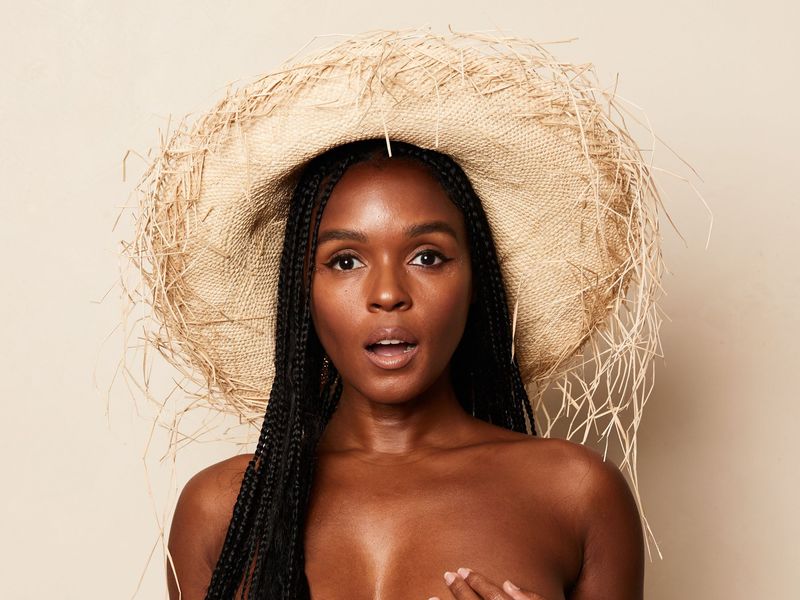
Janelle Monáe burst onto the entertainment scene with a distinctive black-and-white tuxedo uniform that rejected hypersexualized expectations for female performers. Her early androgynous presentation challenged the idea that women in entertainment must cater to the male gaze.
Monáe’s evolution has included embracing more feminine presentations alongside masculine ones, demonstrating that gender expression exists on a spectrum. After coming out as non-binary, they’ve continued exploring fluidity through fashion and music.
Their roles in films like ‘Hidden Figures’ and ‘Moonlight’ have further expanded representation of Black beauty in cinema. Monáe’s artistic vision suggests that true beauty lies in authentic self-expression rather than adhering to rigid gender or racial expectations.
21. Halle Berry
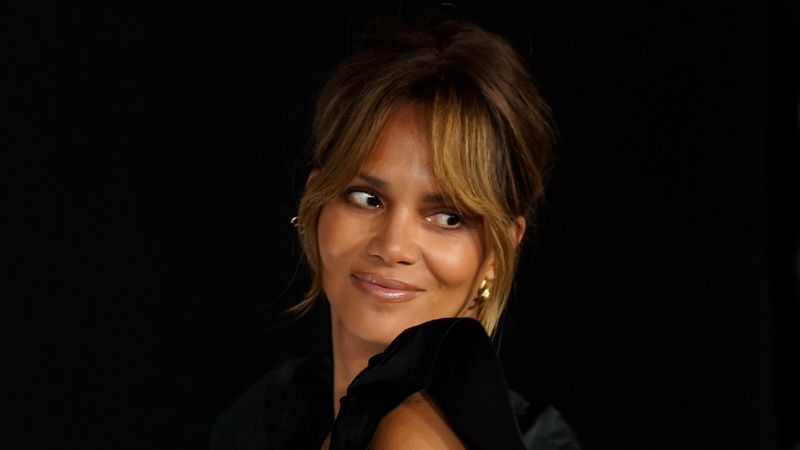
Halle Berry made history as the first Black woman to win the Best Actress Oscar, shattering the ceiling for Black actresses in Hollywood. Her pixie cut in the early 2000s inspired countless women to embrace shorter hairstyles, proving that femininity wasn’t tied to long hair.
Berry’s mixed-race heritage—African American and white—helped expand narrow definitions of Black beauty in mainstream media. Her success in glamorous roles traditionally reserved for white actresses opened doors for women of color.
Now in her 50s, Berry continues landing action roles and posting unfiltered workout photos that challenge age-related beauty standards. Her career demonstrates that beauty standards can evolve when talented performers refuse to accept arbitrary limitations based on race, age, or conventional expectations.
22. Ali Wong

Comedian Ali Wong transformed pregnancy—typically hidden or glamorized in Hollywood—into comedic material for her breakthrough Netflix specials. Performing while visibly pregnant in both ‘Baby Cobra’ and ‘Hard Knock Wife,’ Wong showed women’s bodies in their raw, unglamorous reality.
Her thick-framed glasses, casual outfits, and explicit discussions of bodily functions reject the polished perfection expected from female entertainers. Wong jokes about the unsexy realities of motherhood and marriage that rarely make it to mainstream entertainment.
As an Asian American woman in comedy—a field dominated by white men—Wong’s success has expanded representation while challenging the stereotype of Asian women as quiet and submissive. Her authentic presentation celebrates the beauty of unfiltered female experiences.
23. Natalie Portman

Natalie Portman’s willingness to transform for roles has repeatedly challenged beauty conventions. Her head-shaving scene in ‘V for Vendetta’ became an iconic moment showing a woman’s beauty transcending hair—traditionally considered central to feminine appeal.
For ‘Black Swan,’ Portman’s dramatic weight loss sparked conversations about the extreme body standards in ballet. Later, she bulked up significantly for ‘Thor: Love and Thunder,’ demonstrating that female bodies can be celebrated for strength, not just thinness.
Beyond physical transformations, Portman—a Harvard graduate—has consistently chosen roles that prioritize intelligence over appearance. Her production company focuses on women-centered stories, further expanding how female characters are portrayed in film.
24. Lady Gaga
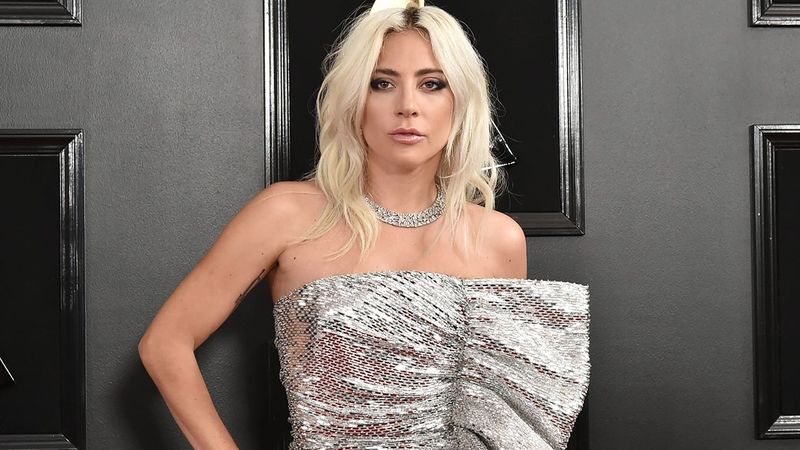
Lady Gaga exploded onto the music scene with outrageous costumes—meat dresses, bubble outfits, extreme platform shoes—that rejected conventional beauty entirely. Her early persona deliberately challenged the idea that female performers must be traditionally attractive to succeed.
Gaga later revealed her theatrical presentation partly developed as protection against industry pressures about her appearance. “They wanted to take my clothes off and make me look more like other female pop acts,” she explained about early career struggles.
Her evolution into film with ‘A Star Is Born’ showed her without elaborate costumes or heavy makeup, proving her versatility. Gaga’s openness about her fibromyalgia and body image issues has further humanized her, showing that even icons struggle with beauty standards.
25. Aishwarya Rai Bachchan
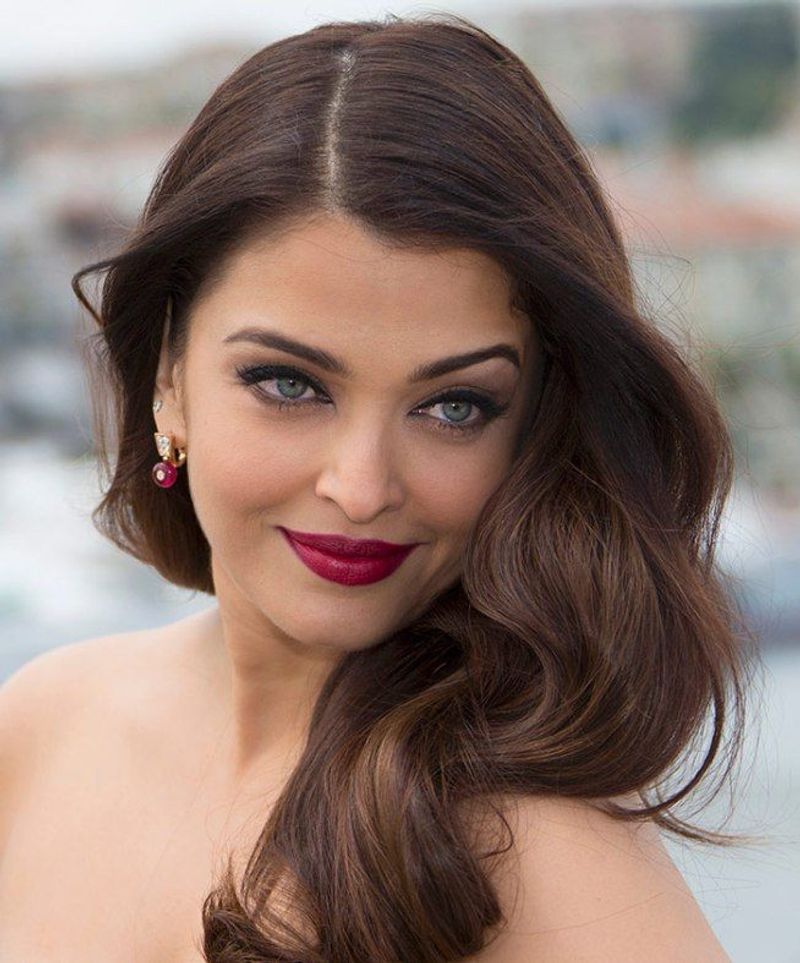
Former Miss World Aishwarya Rai Bachchan introduced global audiences to Indian beauty standards through her crossover to Western films. Her striking green-blue eyes against her brown skin challenged both Western and Indian beauty norms, which typically favored either Western features or darker eyes.
After giving birth, Rai faced harsh criticism for not immediately losing weight. She refused to apologize for her postpartum body, attending Cannes Film Festival with confidence despite cruel media commentary.
Throughout her career, she has balanced traditional Indian roles with international projects, becoming a cultural ambassador who bridges different beauty ideals. Rai’s success helped open doors for South Asian actresses in global entertainment while expanding Western notions of beauty beyond European features.

Comments
Loading…